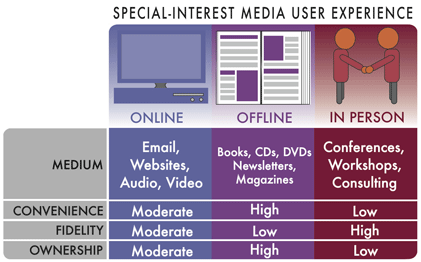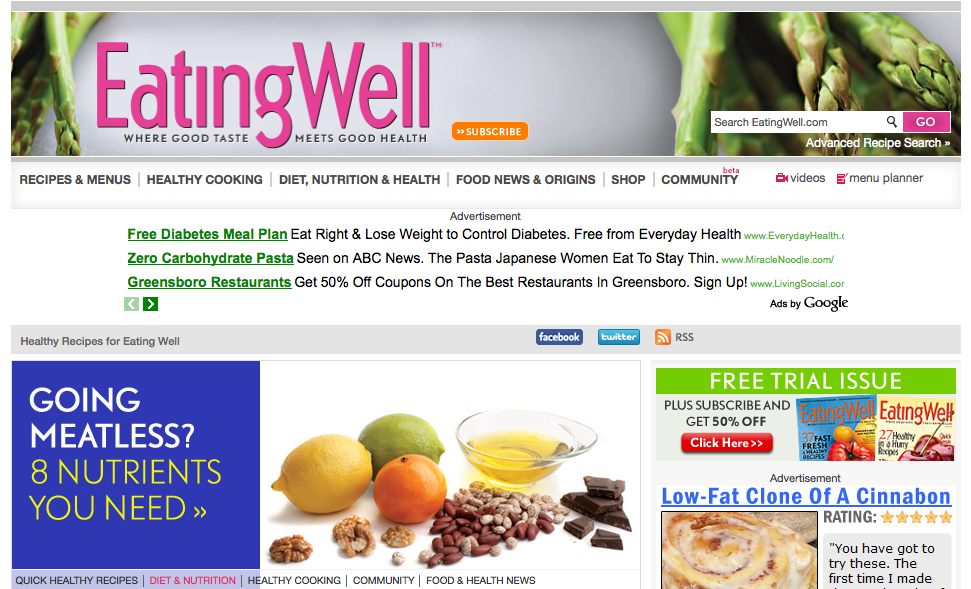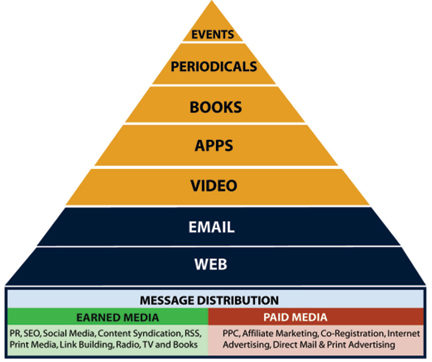Discover how multiplatform furthers the reach of legacy publishers
I’ve been asked about the difference between legacy and multiplatform content many times.
At its core, multiplatform helps spread legacy content to a larger audience by allowing users to access it any way they choose.
Multiplatform also focuses on three main types of content: online, offline and live. The image below helps visually describe the concept of multiplatform publishing.
As you can see in the image, when you move from left to right, you begin with massively searchable, easy to access content, which is most likely the first place people come in contact with your brand. If online is not the absolute first time a person comes in contact with your brand, then it’s at least the first time where you get to control the scenario.
In order to build and feed an audience, we put portals online. It’s crucial your brand has a portal sitting in front of it. Doing so will allow you to directly impact the user experience had at your website.
A good example of an open portal is EatingWell’s website. This brand-centric site offers free content, a magazine, social media, books and partnerships. It works at furthering its brand by offering multiplatform content while presenting a design great for large special interest brands.
Another way of developing a portal can be seen through Interweave’s umbrella approach. Interweave, the original brand, covers all the associated publications from Knitting Daily to Artist Daily. Each separate community offers its own content and products to subscribers.
Online is the number one place you’ll get found by people looking for information.
[text_ad]
Deciding on portals
How many portals will you build? Does an umbrella portal sound like the best option for your content?
When considering portals, your decision on what to build should be based on the size of the portal you’d create and the resources you have at your disposal.
If you built a portal and can’t generate a million dollars per year in revenue, then you’re building too small.
Keep in mind that the required staff for a portal involves an editor, marketer and Webmaster. Some equivalent of these three positions is necessary in properly running a portal. After combining that overheard with the hosting and marketing budgets, a million dollars should be your target entry point.
Offline and in-person
What are your legacy products? Most legacy publishers have a variety of books, magazines, CDs and physical, collectable products. Some even have software apps that can be used while offline.
At the top of our pyramid we have live events for users. Do you offer live events? These can be interactive webinars or in-person affairs. Is high-end consulting part of your product pyramid?
Your product pyramid will define your initial online strategy so your website can be built out to support all of the products you have.
After 12-18 months from the time your portal was built, you should take look at the other collectable products that you don’t have, or need more of, and decide if it’s worth your effort to create more products. Ask yourself “should we be doing live events, boutique workshops, consulting or research for our audience?”
The Mequoda System strategy exists by first determining your content strategy, then the business strategy.
For legacy publishers building a digital infrastructure in order to make money in 2011 and beyond, it’s imperative to build their brand around, or on top of, a portal.





